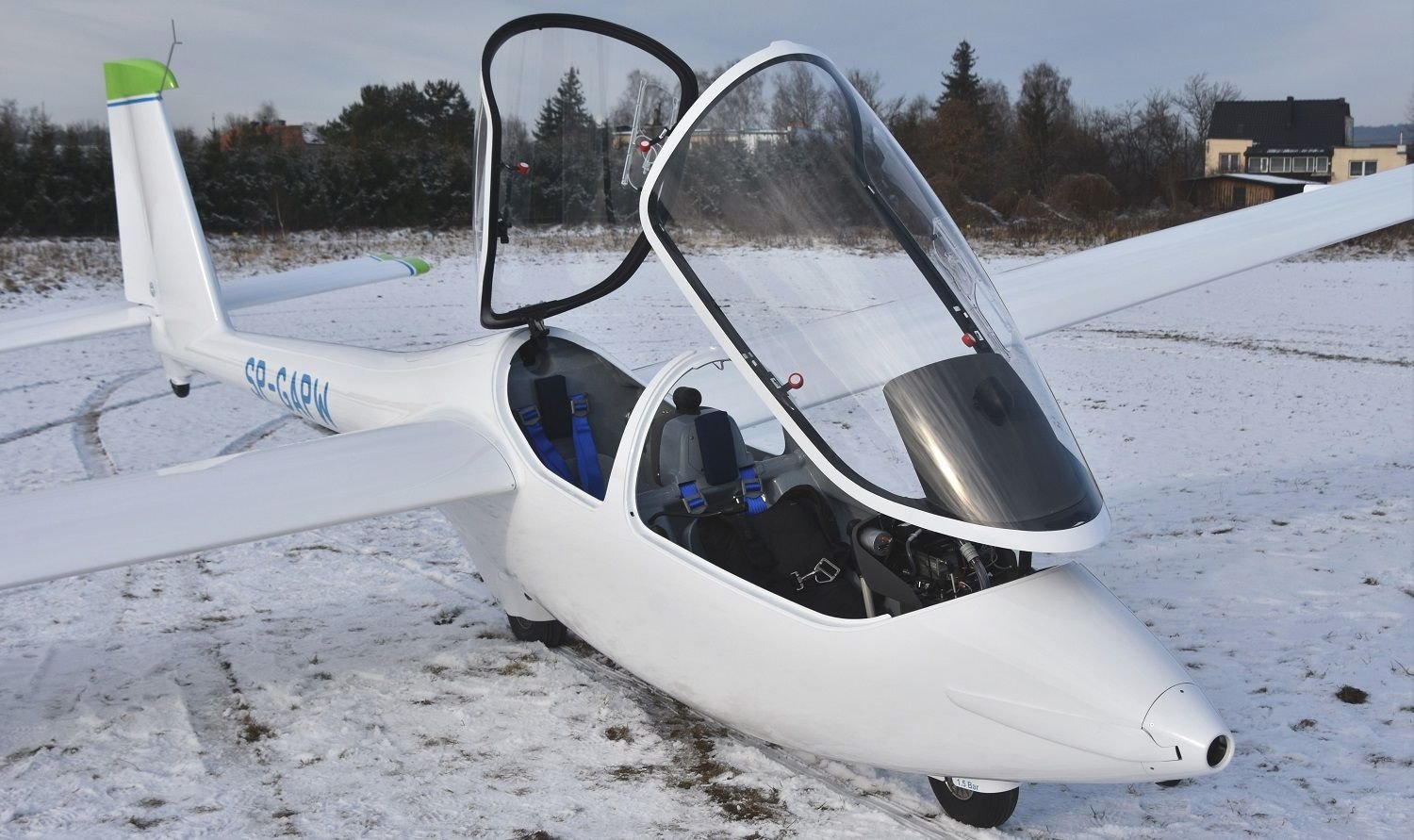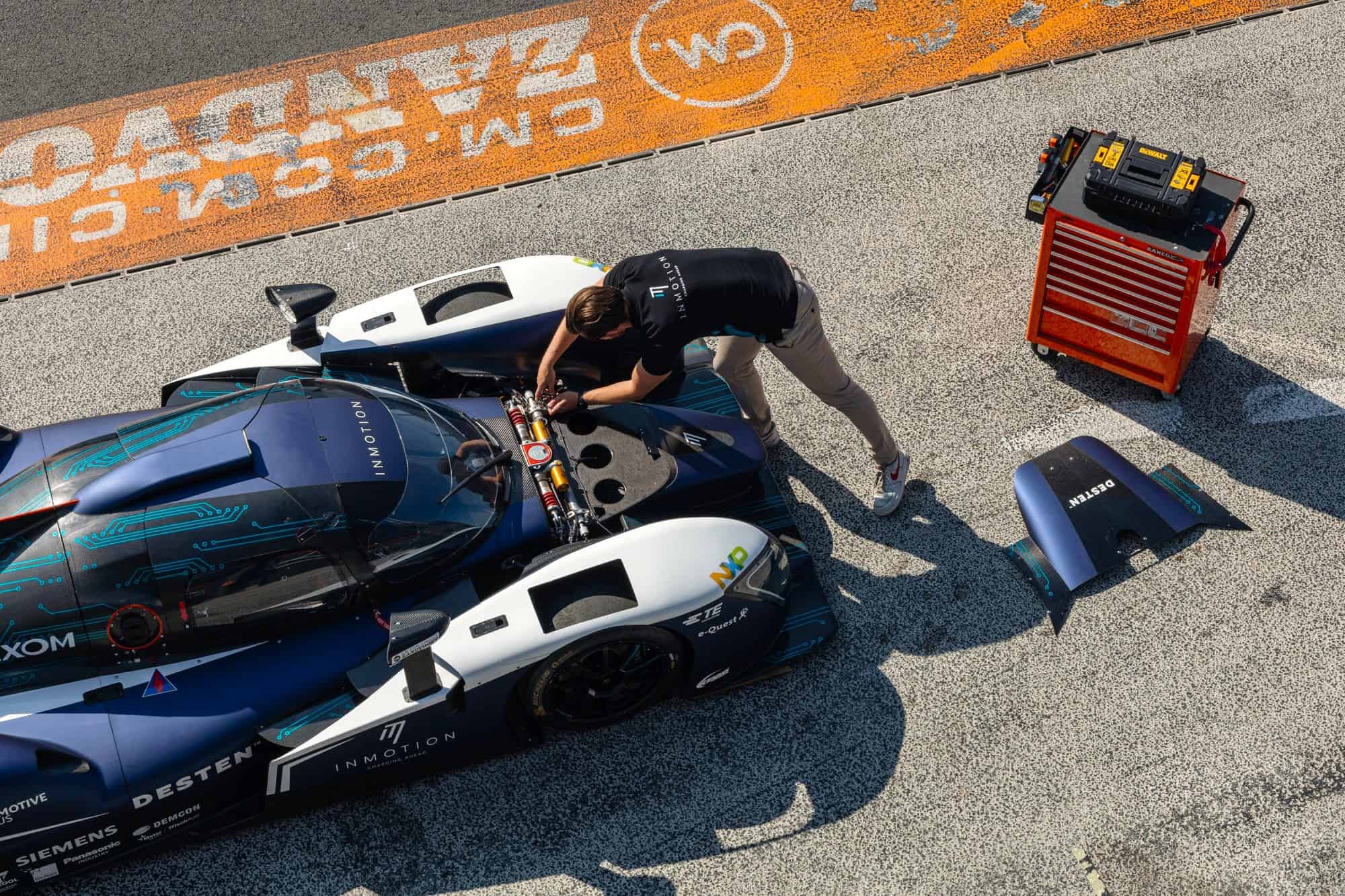
A team from the Faculty of Power and Aeronautical Engineering has developed PW-X10 – an experimental, flying electric powered 2-seat platform. The machine is brought into service of the WUT Aviation Research Centre “OBLOT”, located at the airport in Sieraków, near Przasnysz, writes the Warsaw University of Technology (WUT) in a press release.
The design is just another result of works related to electromobility in aviation carried out at WUT. The motor glider has been developed for the purpose of researching new low-emission aviation power units.
“We want to use the PW-X10 platform for testing complete electric power units and their components, such as engines, propellers, control systems, power supply systems obtained from electrochemical cells, fuel cells, photovoltaic cells or energy flow management systems” says Wojciech Frączek from the Institute of Aeronautics and Applied Mechanics at the Faculty of Power and Aeronautical Engineering, the designer conducting the design works.
The new motor glider is also to serve other research, planned in the “ODLOT” centre in Przasnysz. It concerns, among others, the study of composite structures in conditions of natural exploitation or the spectrum of loads on the airframe structure in terms of service life tests.
PW-X10 structure
The PW-X10 platform is made of hybrid polymer composites. The creators diversified the structure of the materials, taking into account the weight, strength, rigidity or durability of the structure, as well as the safety of the crew inside. In the front part of the fuselage with the cockpit, a composite reinforced with glass fibers was used, which provides, among others, better protection for the crew, in the remaining part, where high rigidity is desirable, carbon fibers dominate.
The motor glider is equipped with an FES (Front Electric Susteiner), which is launched during flight, and placed in the hull bow. It provides a climb of 1.7 m/s with the maximum weight of the platform, while during the flight of only one person it reaches 2.5 m/s.
“These are very good values, especially since the use of such a propulsion system in a two-seat glider is a novelty” emphasizes Wojciech Frączek.
Powered by lithium polymer batteries
The batteries supplying the drive unit were made using the lithium-polymer technology. The creators of PW-X10 chose the best batteries available on the market that meet the requirements for this design. The system has a built-in BMS surveillance system and is located in a special chamber isolated from the cockpit, placed at the rear of the fuselage. All of this to ensure an adequate level of safety.
Various types of test equipment will be installed on the PW-X10. Therefore, the hull in the central part has been supplemented with external attachment points for additional equipment.
“In the future, as part of the reconfiguration of the platform, we expect to install, among others, an external power generator with a capacity of approx. 30 kW, which will be used to test the hybrid power supply system” explains Wojciech Frączek.
Many years of experience
The design of the new glider is the work of the team of Prof. Piotr Czarnocki from the Faculty of Power and Aeronautical Engineering. The work was divided into two stages: design and testing of new wings (2018-2019) and design and testing of a new hull, tail units and control systems (2020-2021).
It would not have been possible to create such a structure without many years of experience and fruitful cooperation with specialists from outside the Faculty of Power and Aeronautical Engineering and the “OBLOT” centre.
PW-X10 is another fruit of the ULS Program implemented for over 40 years at the Faculty of Power and Aeronautical Engineering, consisting of the construction and research of innovative aircrafts. At that time, one-seater ULS-PW and PW-2 Gapa gliders were created, two-seater PW-3 Bakcyl and PW-6 gliders, two-seater PW-4 motor glider or one-seater PW-5 Smyk – the winner of the world competition for the Olympic glider monotype.
The last designs before PW-X10 are a two-seat motor glider with electric drive AOS-71 (the effect of the work of the team of Prof. Krzysztof Arczewski) and an experimental motor glider with AOS-H2 hybrid hydrogen propulsion (developed by the team of Prof. Piotr Czarnocki in consortium cooperation with, among others, the team of Prof. Grzegorz Iwański from the Faculty of Electrical Engineering at WUT).
PW-X10 was built by the “Jeżów” Glider Plant in Jeżów Sudecki, with which the Faculty of Power and Aeronautical Engineering has already successfully cooperated in the work on previous structures.
Full readiness
The motor glider is beyond the test stage. The flight and test flights took place at the airport in Jelenia Góra. Jerzy Kędzierski – a graduate of the Faculty of Power and Aeronautical Engineering, an experimental pilot of the first class, sat at the helm of the machine.
“The platform launches took place in the lobby behind the “immortal” Jak-12 aircraft” says Wojciech Frączek. “After towing to a height of approx. 2500 m and after disconnection, the pilot carried out a flight program that included checking the behaviour of the platform in sliding flights and with the power unit switched on.”
The tests were a success. Now PW-X10 is waiting in the hangar of the “OBLOT” centre in Przasnysz. As soon as the weather permits, it will perform experimental flights.

Selected for you!
Innovation Origins is the European platform for innovation news. In addition to the many reports from our own editors in 15 European countries, we select the most important press releases from reliable sources. This way you can stay up to date on what is happening in the world of innovation. Are you or do you know an organization that should not be missing from our list of selected sources? Then report to our editorial team.






